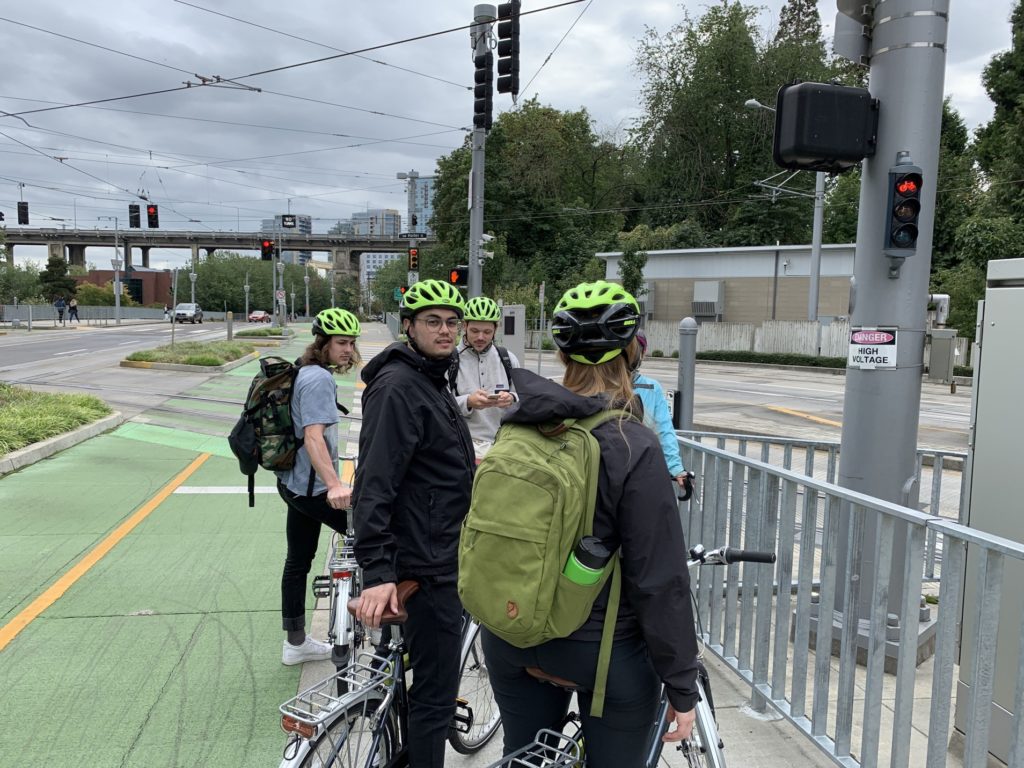 In 2019, Oregon Solutions was approached by the leadership from four state agencies to help them “create alignment between activities and messages to effectively and efficiently administer and implement work efforts that further the state of Oregon’s climate initiatives.” In their original request, the agency directors noted that “greenhouse gases (GHG) from the transportation sector account for nearly 40 percent of GHG emissions for the state of Oregon.” Yet meaningful implementation of a developed strategy, known as the Statewide Transportation Strategy (STS), had yet to occur.
In 2019, Oregon Solutions was approached by the leadership from four state agencies to help them “create alignment between activities and messages to effectively and efficiently administer and implement work efforts that further the state of Oregon’s climate initiatives.” In their original request, the agency directors noted that “greenhouse gases (GHG) from the transportation sector account for nearly 40 percent of GHG emissions for the state of Oregon.” Yet meaningful implementation of a developed strategy, known as the Statewide Transportation Strategy (STS), had yet to occur.
The STS is a state-level scenario-planning effort that examines all aspects of the transportation system, including the movement of people and goods, and identifies a combination of strategies to reduce GHG emissions. Agency leaders believe that—at a minimum—the effective implementation of the strategy requires cooperative involvement of their four agencies.
As part of the request from the agencies, Oregon Solutions was asked to explore whether and how to facilitate the creation of an interagency task team with its own mission, outcomes, roles, and responsibilities to collaboratively develop an implementation plan. This plan would highlight the roles and responsibilities of each agency to further mutual understanding for how each agency can help the state achieve GHG emissions reductions goals using the STS and other tools.

